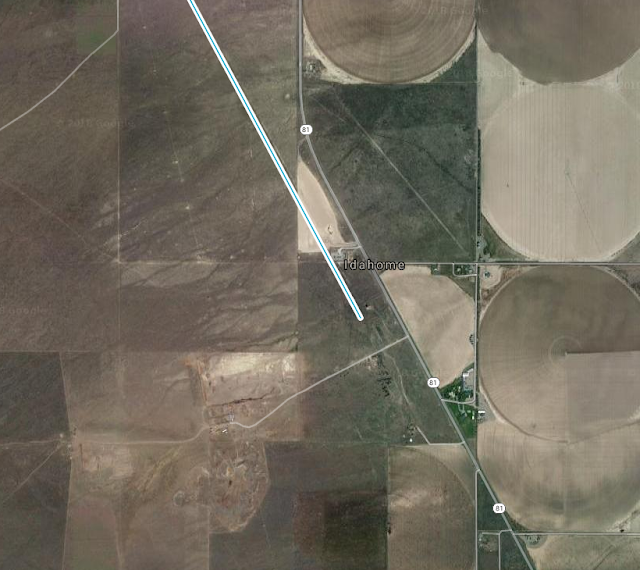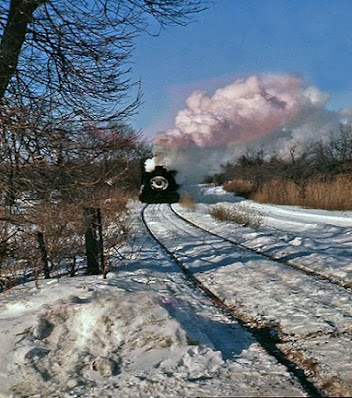5 Railroads That Never Saw The Light of Day
In my last blog, I began to explore railways which were built, but ultimately could not be finished, due to lack of funds. Today's blog is on railroads which were planned, but ultimately never built. Perhaps unsurprisingly, there existed many more ideas for railroad lines than would be considered practical, and most importantly, profitable . Four of these lines come from North Central Illinois, although that is not to say that unbuilt railroads did not exist everywhere across the country. 5) The Cincinnati Subway System Cincinnati was one of the fastest growing cities at the beginning of the 20th. Century. The city allocated $6 Million for construction of a subway system to help ease congestion and overcrowding of the inner city...except estimates to complete the project began at $12 Million and only escalated from there. The project was halted during World War I, and after the war had ended, costs began to skyrocket, and the infrastructure around the tunnels was beginnin...


